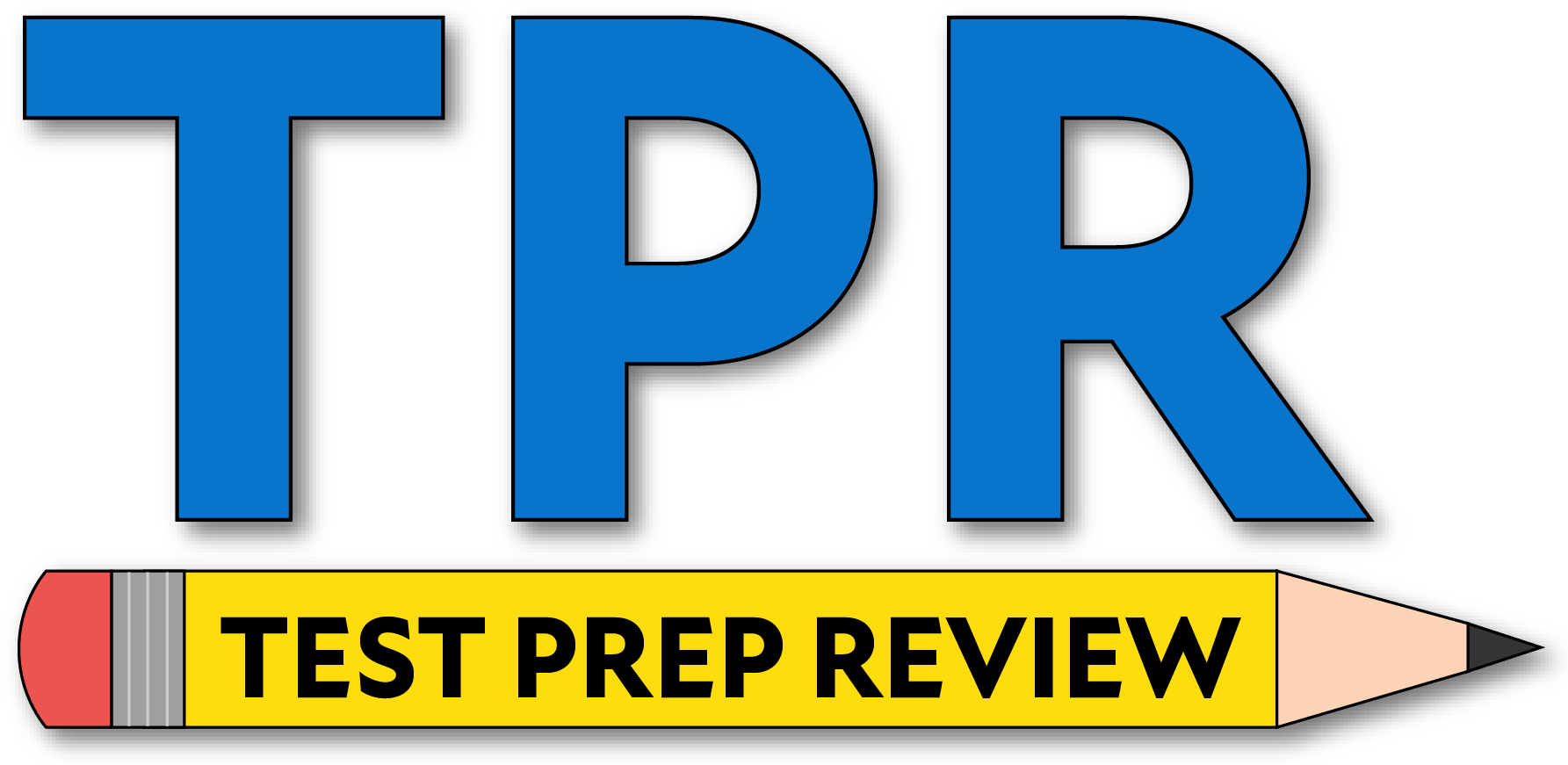- During a pre-trip inspection you should show the examiner that you can check the lighting indicators for:
- The left and right turn signals
- The four-way emergency flashers
- The high-beam headlights
- All of the above
You must demonstrate all dash light indicators: left/right turn signal, four-way flashers, and high-beam indicator. This confirms the driver receives proper visual feedback for critical lighting.
- The horn and heater/defroster should be checked during a pre-trip inspection.
- True
- False
Both are safety equipment. The horn is used to warn others; the heater/defroster ensures visibility in cold or damp conditions.
- To check the parking brake you should:
- Apply the parking brake and make sure it will hold the vehicle by shifting into a lower gear and gently pulling against the brake
- Apply the parking brake and press the foot brake to see if they will work together
- Skip demonstrating the parking brake
Set the parking brake, select a low gear, and apply light throttle to confirm the brake holds. This shows the parking brake can secure the vehicle.
- During a hydraulic brake check you must pump the brake pedal ______ times and then hold it down for ______ seconds. The brake pedal should not move (depress) during the hold.
- 3, 5
- 5, 10
- 10, 15
For hydraulic systems, pump three times, then hold for five seconds; the pedal should remain firm. Pedal creep indicates a leak or fault.
- Failure to perform an air brake check will result in an automatic failure of the vehicle inspection test.
- True
- False
On vehicles equipped with air brakes, you must demonstrate the full air brake check (leak test, low-air warning, spring brake engagement, and governor cut-in/cut-out). Omitting it is an automatic failure.
- When checking lights and reflectors, all external and reflective equipment must be clean and functional. Light and reflector checks include:
- Headlights, seatbelts, tail lights, decorative lights
- Clearance lights, headlights, tail lights, turn signals, four-way flashers, brake lights, and red reflectors (rear) with amber reflectors elsewhere
- Clearance lights, Christmas lights, head and tail lights
Those are the required operational lights and reflectors. Reflectors must be red on the rear and amber on the sides/front.
- An external inspection of the steering box and hoses will include checking that the steering box is securely mounted and not leaking more than 4 ounces of fluid per hour.
- True
- False
There should be no leaks. The steering gear must be securely mounted with intact hoses and fittings—any leak is a defect.
- The steering box must be securely mounted. You will check for:
- Proper paint on the box
- Secure lighting on the steering box
- Missing nuts, bolts, and cotter keys
Fasteners and retainers (including cotter keys) must be present and tight. Missing or loose hardware can lead to loss of steering control.
- On the steering linkage you must check for joints and sockets that are worn or loose and that there are no missing bolts, nuts, or cotter keys.
- True
- False
Pitman arm, drag link, tie-rod ends, and related joints must be tight and properly secured with all fasteners installed.
- The suspension system check should include:
- Hoses, springs, mounts, brakes
- Springs/air/torque components, mounts, and shock absorbers
- Mounts, shocks, brakes
Inspect leaf/coil springs or air bags, torque arms/rods, hangers and mounts, and shock absorbers for damage, leaks, or loose/missing hardware.
- It is unnecessary to check the slack adjusters when checking the brake system.
- True
- False
Slack adjusters and pushrods must be inspected for proper travel and securement; excessive travel indicates out-of-adjustment brakes.
- On some brake drums, there are openings where the brake linings can be seen from outside the drum. For this type of drum, check that:
- A visible amount of brake lining is showing
- A visible amount of brake lining is not showing
- The brake lining is very thin
You should see adequate lining through the inspection port (not cracked, contaminated, or dangerously thin). “Very thin” linings are a defect.
- Should you be prepared to perform the same brake components inspection on every axle (power unit and trailer, if equipped)?
- Yes
- No
Examiners may ask you to inspect any axle. Be ready to identify/assess all brake components on each axle (including trailer, if present).
- The following items must be inspected on every tire:
- Tread depth, tire brand, and hub oil seals
- Tread depth, hub oil seals, lug nuts, and white walls
- Tread depth, hub oil seals, lug nuts, and spacers
Check minimum tread depth, proper inflation/condition, hub oil seals for leaks, lug nuts for tightness, and spacers/budd spacing (on duals) for debris or rubbing.
- Listen for air leaks when checking the air/electric lines. Hoses and electrical lines should not be cut but can be spliced.
- True
- False
Lines should be intact—no cuts, splices, or tape repairs. Air and electrical lines must be properly coupled, secured, and free of leaks or damage.
